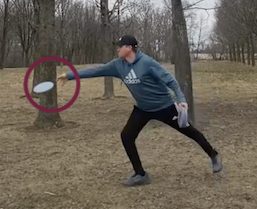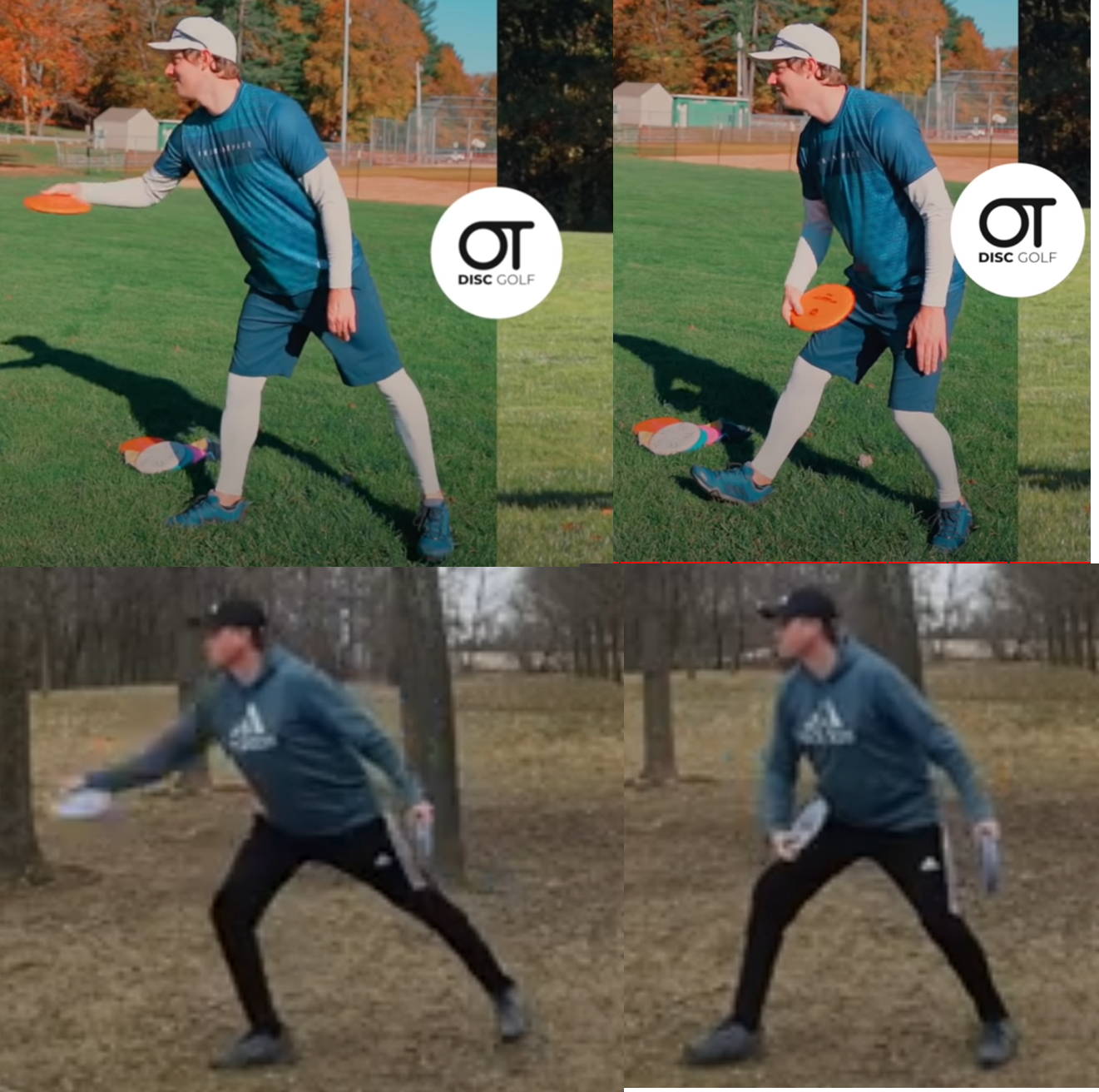Just want to note that both Ezra and Simon are using variants of the shift and rock I pointed out. I'd advise anyone to work on it whether or not you decide to spin or push putt. Simon still tends to rock such as in that short putt in the OT montage even though he is getting more power at the wrist than some other players - it works as a unit. You can also change the size or posture of the rock once you get it. My putt was a mess until I worked on the full rock whether I was spinning or pushing (mine's probably what some people call a "spush" now).
I agree that if you have a good spin/arm kinetics at the end you don't need much of a shift for power, which is part of why I liked learning it. It makes you more versatile when you end up in uneven terrain or have contested putts.
Intent is always interesting to me. Mine is unintentional (automatic) now, but like many things it did go through an intentional phase when learning it (e.g., throwing books as a learning aid). I can control how much comes through the wrist vs. other parts of the body as a result. I usually only need to think about it consciously again if it ever gets a little too wimpy - maybe that points to one potential advantage of a push putter. My rounds are better when I warm up and find the "sweet spot" and hit putts with a clear mind. At that point I'll stop doing additional putts immediately (because I start to think about them too much) and start the round and it shows in my score.
I still do not usually use "active" or "passive" language because I usually have no idea what it means mechanically, so I'll
relink the way I learned arm kinetics in any case. Not a nitpick of you, Blayed, just a way that helped me through the darkness.

